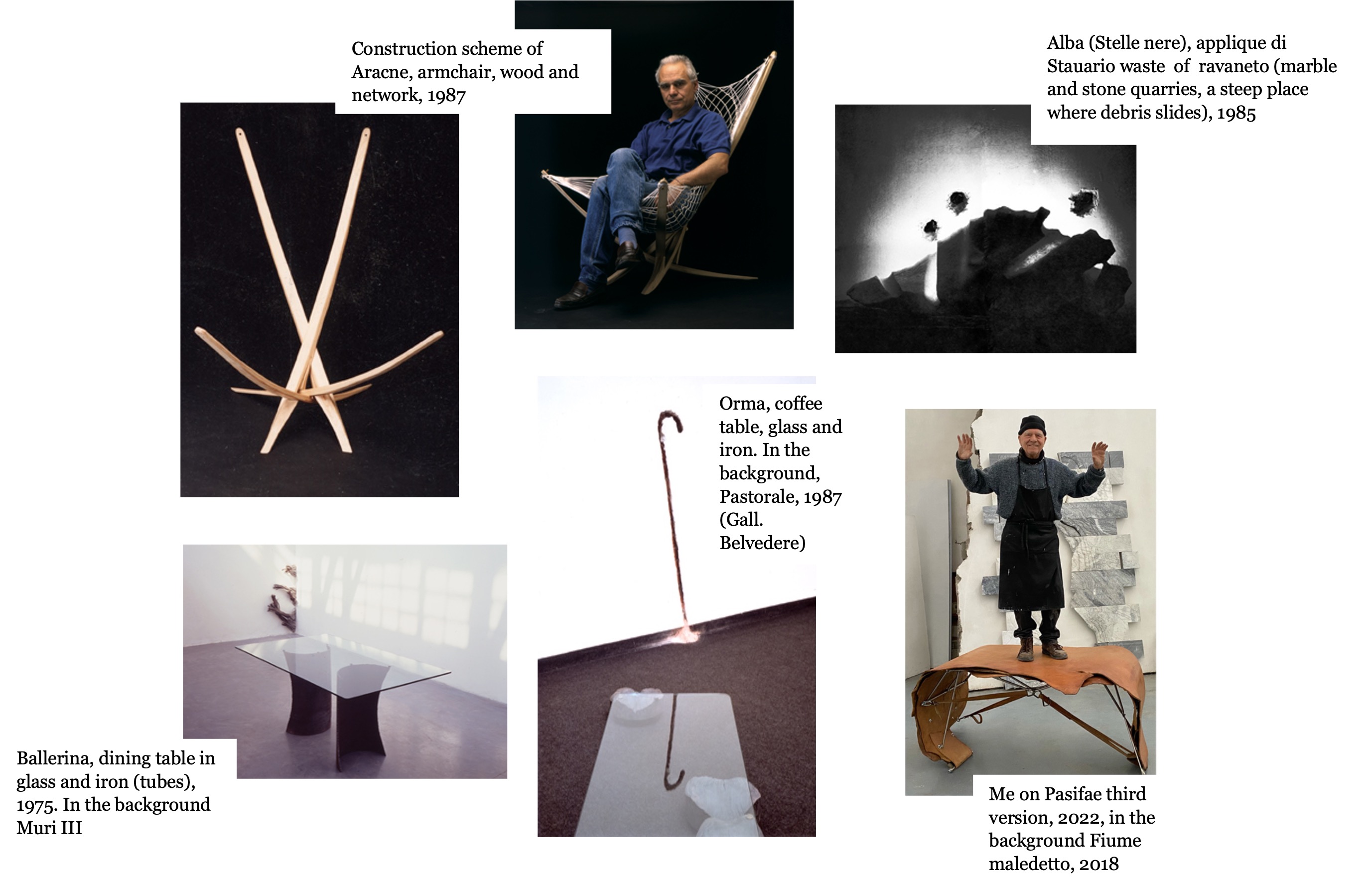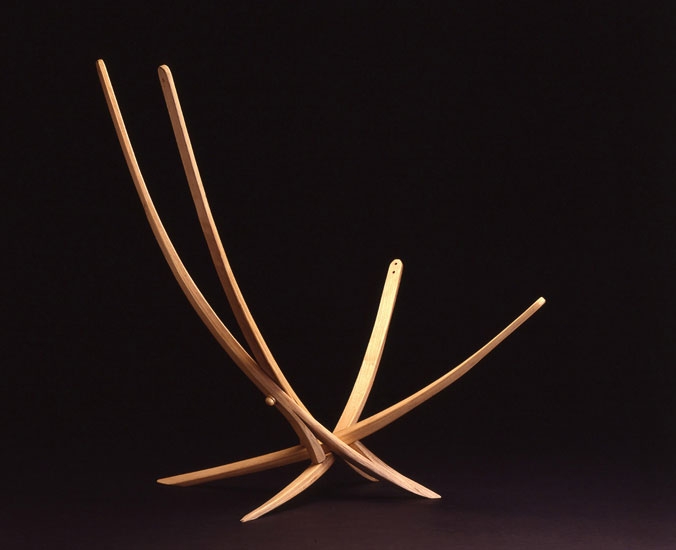Design & Antidesign
Design, a foreign word used in Italian with a single sense. The literal translation is a project but, with the uncritical genuflection towards the Anglo-Saxon language, in ours it has almost exclusively taken on a single specific meaning: a project aimed at the production of everyday objects. Antidesign, which I have used for some time, also has a single meaning: the production of objects “of use and of charm“, as Pierre Restany suggested in the distant 80s.
Minimize
Antidesign has its ambitions and the main one is to minimize the enslavement of the people who contribute to the production of the above objects. By slavery I mean that which, for reasons of survival, forces millions of unfortunate people to keep up with mass production machines, from the simple ones for making a screw to the more complex ones called five-way pantographs or robotics (the new frontier of technology, which tends to eliminate the mechanical work of the unfortunate – but also workitself tout court): have you ever met them on the assembly lines of small and large industrial production companies? The immense sadness of these poorly paid young people is standard. In short, to return to ambition, if you can reduce the screws or eliminate them altogether (we have understood each other).
Antidesisign, contradictions
Cutting it short: I’m interested in reducing slavery without affecting the volume of production. The first can be lessened by also entrusting the second to the consumer: if I’m able to make my own dining table, why buy one? But we are not so utopian and we take into account the old, the handicapped, “la casalinga (housewife) di Voghera” and the lazy because fatigue makes me a slave to execution. But maybe I’ll get a taste for it! Of course, but I must have the tools, at least elementary if not complex, tools that are produced by others, thus expanding the ranks of unfortunate non-robots. In short, anti-design brings with it a lot of contradictions, not to mention that humanity in the last 50 years has gone from 3 to 8 billion individuals who need tables and not utopian discourses.
Do-It-Yourself
I do not make the preposterous claim to a solution to the arduous problem of slavery, not even in passing. Equipped with a minimum of dexterity, I stress minimum (my mother, since I wasn’t studying, sent me to be a carpenter’s apprentice in the eighth grade), however I suggest that you take into consideration that there is the concrete possibility of building your own objects of use (if not of charm) necessary to sit down at banquets, converse in the living room, perhaps sitting on an armchair, illuminate one’s book with an abatjour or lamp of another type, place the same in a cheap bookcase, etc. I suggest, I don’t impose. On the contrary, I follow up the suggestion with some practical advice that requires manual skills to a minimum, visual advice.
Antidesign advice
Don’t worry, there is no copyright (another contradiction, the use of the hated English): the suggestion can be followed by anyone without problems. But you have to know how to look: my objects, that is, those produced to furnish my home and that of a few admirers (too few to be a hero – quote from Carver) are very simple and can be copied by any housewife. Just have a little optimism.
Of course you must like the suggestions, but the materials that I am attaching to the project (ohibò, design) are the cheapest and most common: no plastic, “ravaneto” marble, wood already used or recovered from any landfill, scrap iron from the forge, scrap glass from neon production etc. In short, a real trash can. But who doesn’t have a trash can available?

Read more: Fuori dai denti / Bill Viola at Milan’s Palazzo Reale – La perfezione della videoarte








